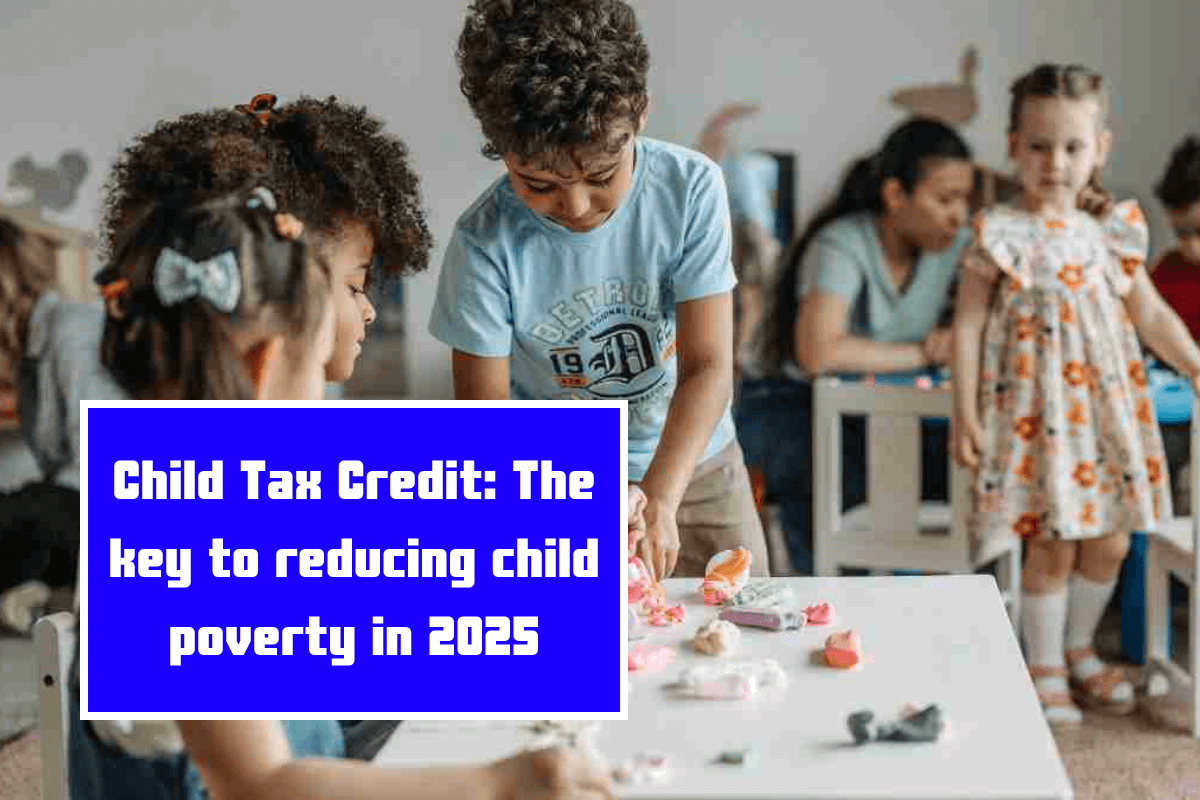For many families in the United States, especially those with low or middle wages, the Child Tax Credit (CTC) is an important way to improve their financial security. With this tax credit, parents can lower their tax bill and, in many cases, get a refund that helps them pay for the costs of having kids.
In the past few years, lawmakers in different states have started to grow their own CTC programs. They know that this policy not only helps reduce child poverty but also makes the most vulnerable households more financially stable.
What is the Child Tax Credit and why is it so important?
Right now, the government Child Tax Credit gives up to $2,000 to each child under 17. This can really help many families’ incomes. But this credit has important limits that keep low-income people from getting it. The fact that the credit isn’t fully refundable and that there is a minimum income level mean that many of the poorest families can’t get the full advantage.
In order for families to get the federal CTC, they must currently make at least $2,500 a year. Also, only a part of the credit can be returned as a refund.
A lot of kids whose families live below the poverty line are left out of this situation. In order to fill in these gaps and make sure that more families can get this kind of help, many states are starting to run their own Child Tax Credit programs.
How states are taking the lead
By the fiscal year 2025, 15 states and the District of Columbia will have their own Child Tax Credit programs in place. Most of these programs are meant to help families with low incomes. A lot of these credits can be returned in full, so even families who don’t make any taxes can get the full benefit back.
In the United States, this is a big change in how kid poverty is being dealt with. These state programs are making a big difference in lowering child poverty by making sure that the poorest families get the full credit.
These kinds of policies also help keep family incomes stable, which makes it less likely that they will have problems that make it impossible for them to pay for things like housing, food, or services.

The impact of the Child Tax Credit on reducing child poverty
The brief increase made possible by the American Rescue Plan Act (ARPA) in 2021 was one of the best examples of how well Child Tax Credits work. During that year, the government CTC went up to $3,000 for kids over six and $3,600 for kids under five.
Also, families can now choose to make monthly payments instead of getting the credit all at once once a year. This makes it easier for them to keep track of their income and spending throughout the year.
The number of poor children fell by 46% because of this expanded form of the Child Tax Credit. It helped 3.7 million children escape poverty. But this short-term scheme ended in 2022, and these gains went backwards.
Millions of kids, mostly those from Black and Hispanic families, aren’t getting the full credit anymore, which is making child poverty rates rise again.
Designing an effective CTC
The Child Tax Credit needs to be well-thought-out in order to really work. A well-designed CTC should be fully refunded and open to all families, no matter how much money they make. In this way, low-income families would not be shut out of the program, which happens with the current federal form.
Also, politicians in the state need to think about how the growing economic inequality affects families of color more than other families.
If tax policies don’t take this into account, they might make the wealth gap bigger without meaning to. A Child Tax Credit, on the other hand, that helps the most needy families, no matter what race or culture they are, can be a powerful way to reduce child poverty across the country.
The future of the Child Tax Credit in the United States
The increased Child Tax Credit’s success in 2021 shows that this kind of policy can make a big difference in the lives of families that lasts for a long time. The short-term version made by ARPA is no longer in force, but it set the stage for state lawmakers to continue working on their own CTC programs.
As more states think about starting or growing their own Child Tax Credit programs, lawmakers will need to pay close attention to what the federal program has taught us. By letting all families get points that can be fully refunded, states can help make society more fair so that every child has the same chances to do well.











Leave a Reply